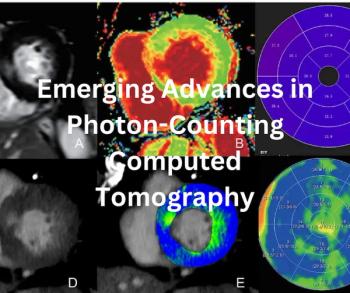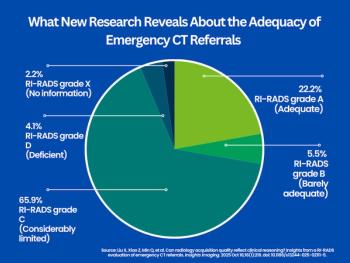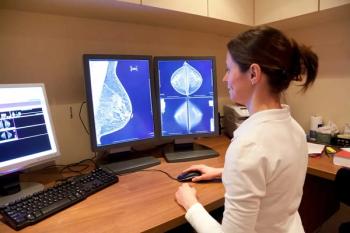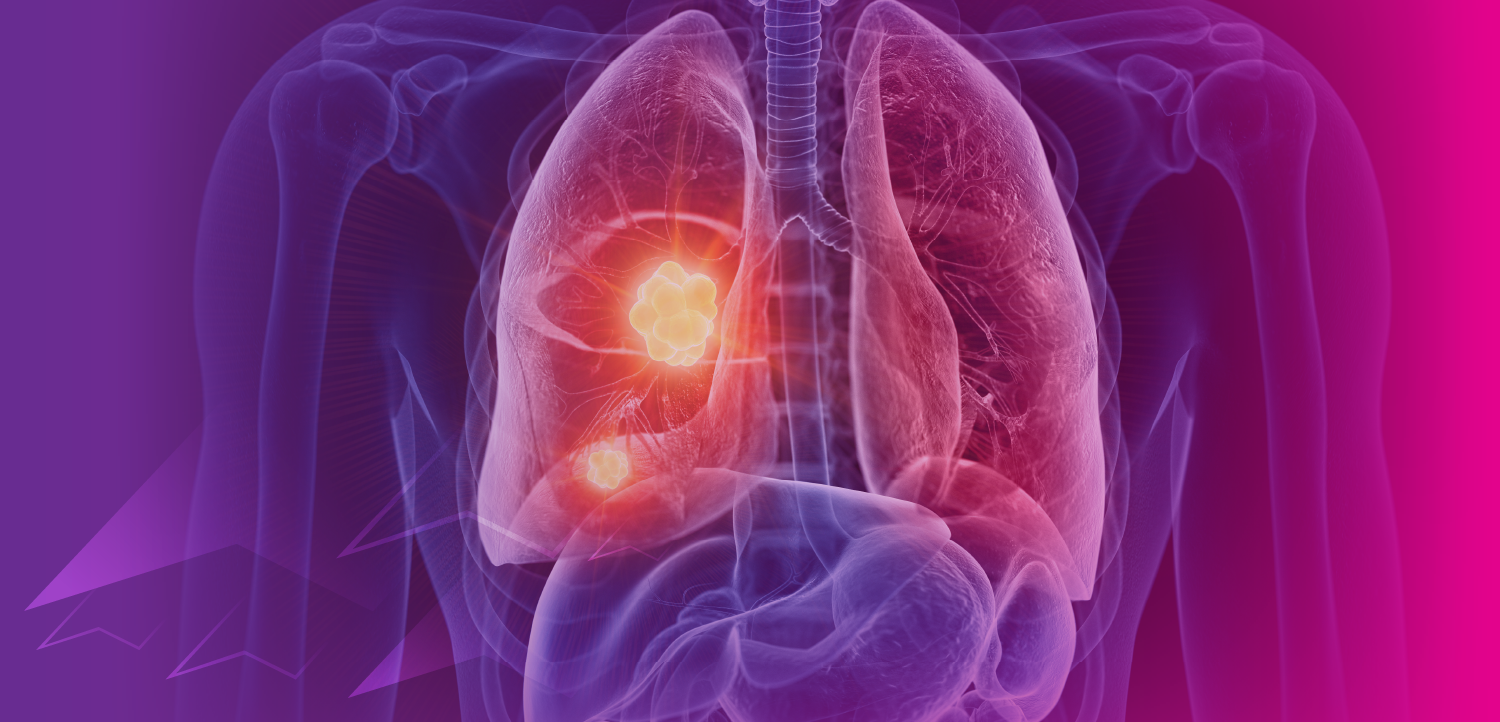Can an AI Combination of Ultrasound and Molecular Data Predict Chemotherapy Response in Breast Cancer Patients?
Researchers found that a deep convolutional neural network, incorporating B-mode ultrasound and shear wave elastography data, had nearly an 88 percent sensitivity rate for predicting neoadjuvant chemotherapy response in patients with breast cancer.
For physicians weighing different treatments for patients with breast cancer, an artificial intelligence (AI)-based model that combines shear wave elastography (SWE), B-mode ultrasound and molecular data may be promising in gauging the potential effectiveness of neoadjuvant chemotherapy.
For the prospective study, recently published in
The study authors found that SWE outperformed B-mode ultrasound in the radiomics model (a 77 percent area under the curve (AUC) vs. 69 percent) and the CNN model (an 80 percent AUC vs. 72 percent) for predicting NAC response.
For the CNN model that combined SWE, B-mode ultrasound and molecular data, the researchers noted an accuracy rate of 83.6 percent, a sensitivity rate of 87.76 percent and specificity rate of 77.45 percent. The combined CNN model also had an 84 percent AUC, 18 percent higher than that of a clinicopathologic model (66 percent), according to the study.
“The proposed (CNN) model displayed excellent predictive performance for NAC response and might serve as an economical, safe, and. convenient treatment decision tool in breast cancer patients,” wrote study co-author Xiao-Qing Pei, M.D., Ph.D., who is affiliated with the Department of Medical Ultrasound at Sun Yat-sen University Cancer Center in Guangzhou, China, and colleagues.
The researchers emphasized the practical accessibility of the imaging utilized in the CNN model.
“Both (B-mode ultrasound) and SWE are convenient, low-cost, non-invasive and have excellent patient compliance. Also, the clinicopathologic characteristics and (ultrasound) images that were fed to the proposed models were obtained routinely before NAC for breast cancer, which did not require any additional effort for patient management,” pointed out Pei and colleagues. “Thus, the CNN model based on the dual-modal (ultrasound) and molecular data described in our study is a beneficial tool that supports the concept of response-guided treatment.”
Beyond the inherent limitations of a single center study, the authors acknowledged a lack of independent validation for the prediction models utilized in the study and that all imaging was obtained with the same type of ultrasound device. The researchers also conceded that further clarity is needed to discuss the extraction of output features from the deep learning model for classification of NAC response in patients with breast cancer.
Newsletter
Stay at the forefront of radiology with the Diagnostic Imaging newsletter, delivering the latest news, clinical insights, and imaging advancements for today’s radiologists.


































